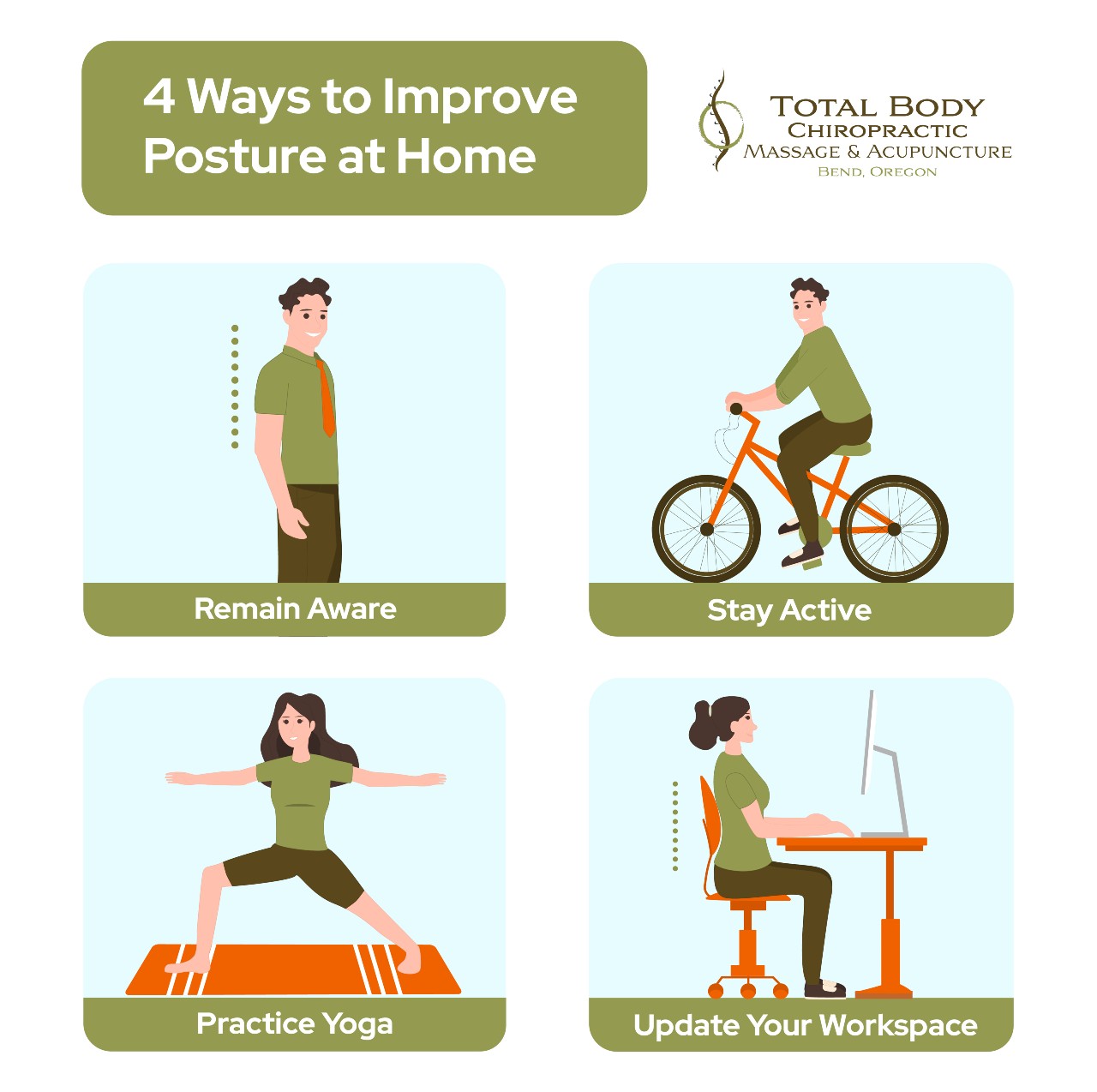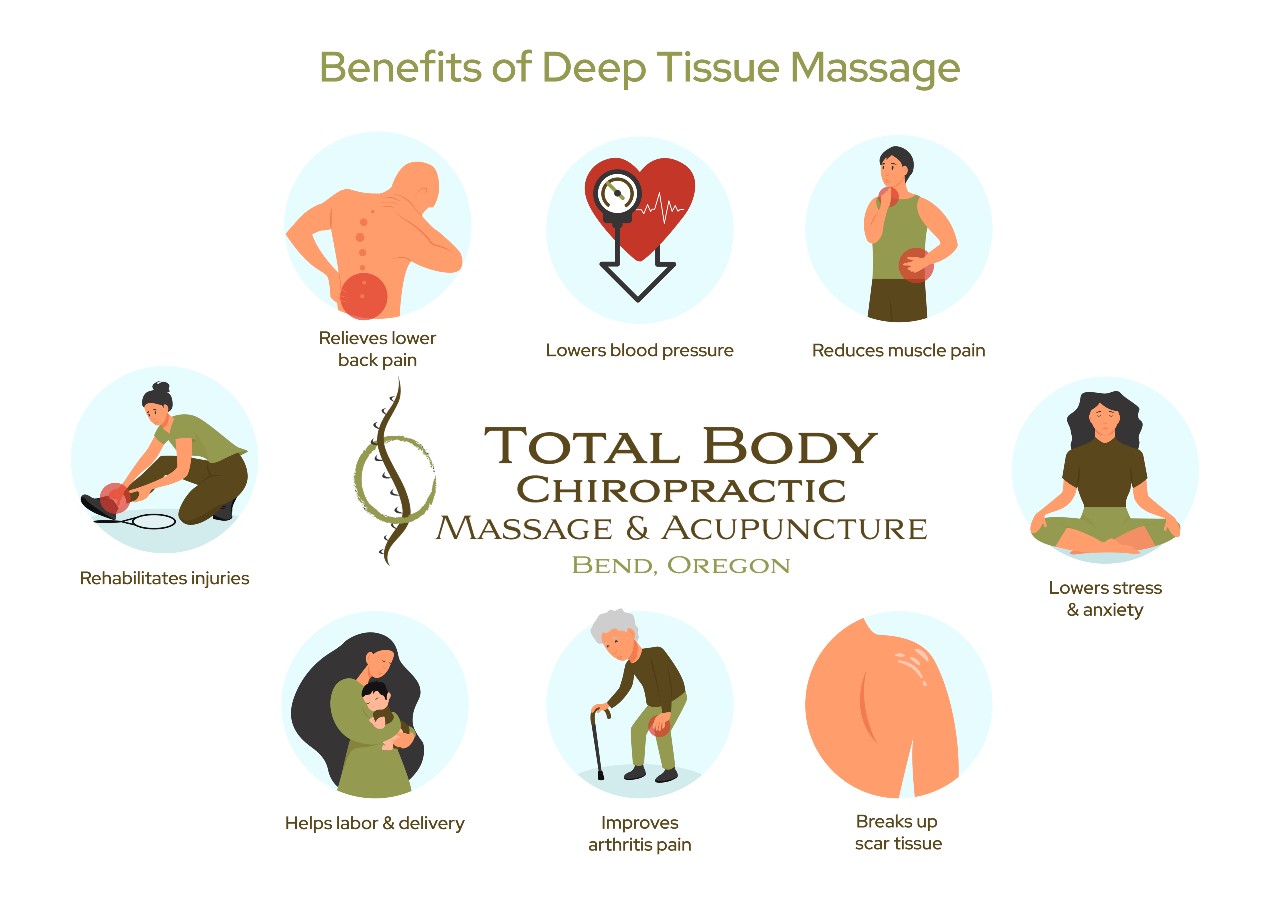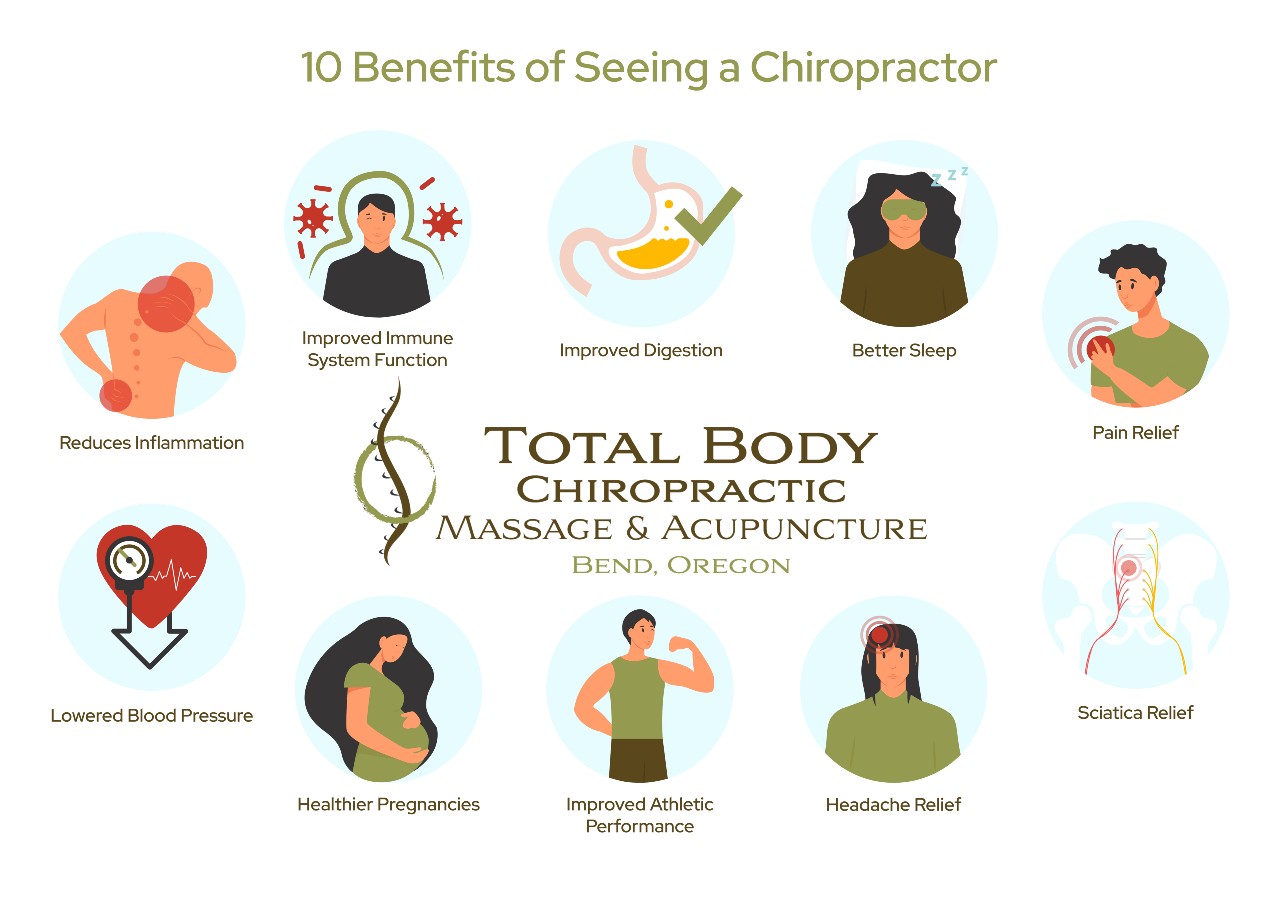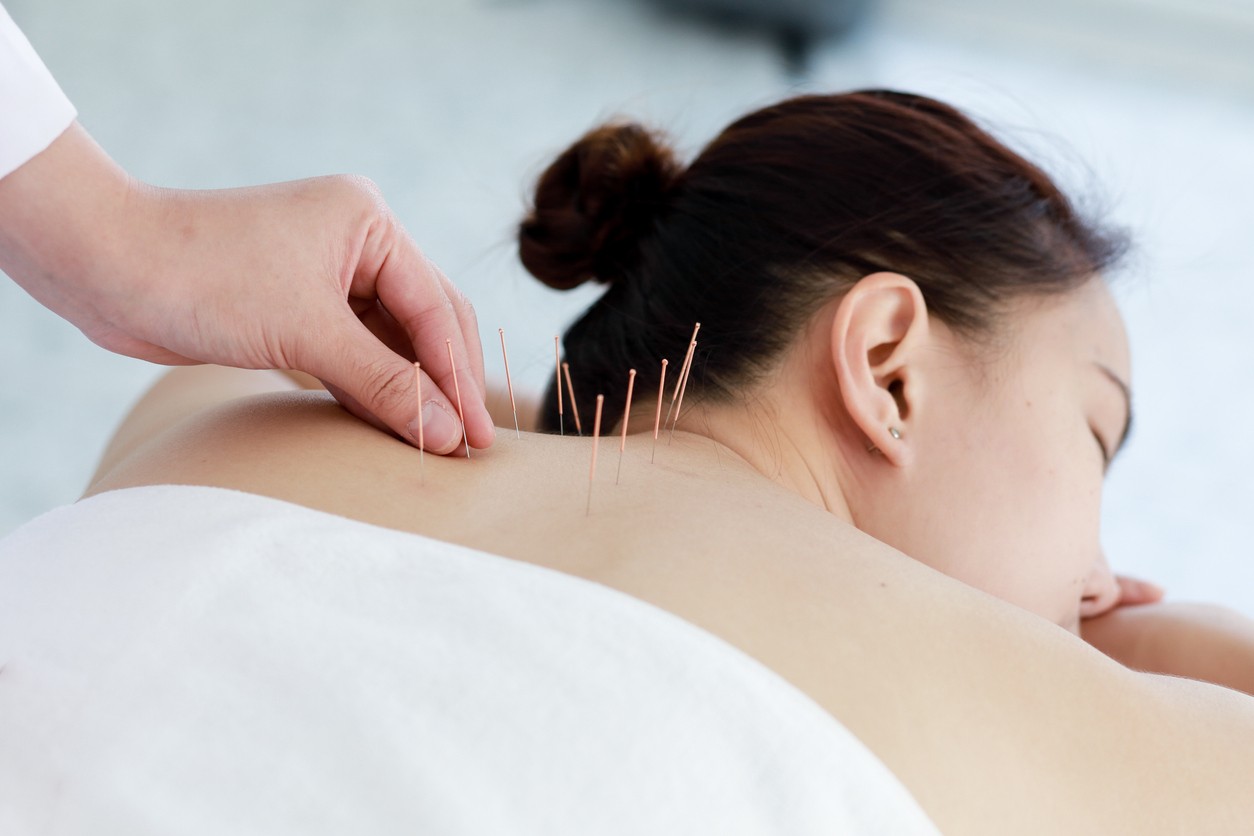How Often Should You See a Chiropractor?
Did you know over 1 million people around the U.S. receive a chiropractic adjustment each day? It’s all thanks to the range of benefits associated with this physical therapy, from chronic pain relief to general mood and wellness boosts. Although you may experience temporary relief during your initial visit, it takes regular adjustments to feel the full range of long-lasting benefits from chiropractic care.
Continue reading to learn how a chiropractor can help your situation and how many chiropractic sessions you need to reap the benefits.
9 Reasons to See a Chiropractor
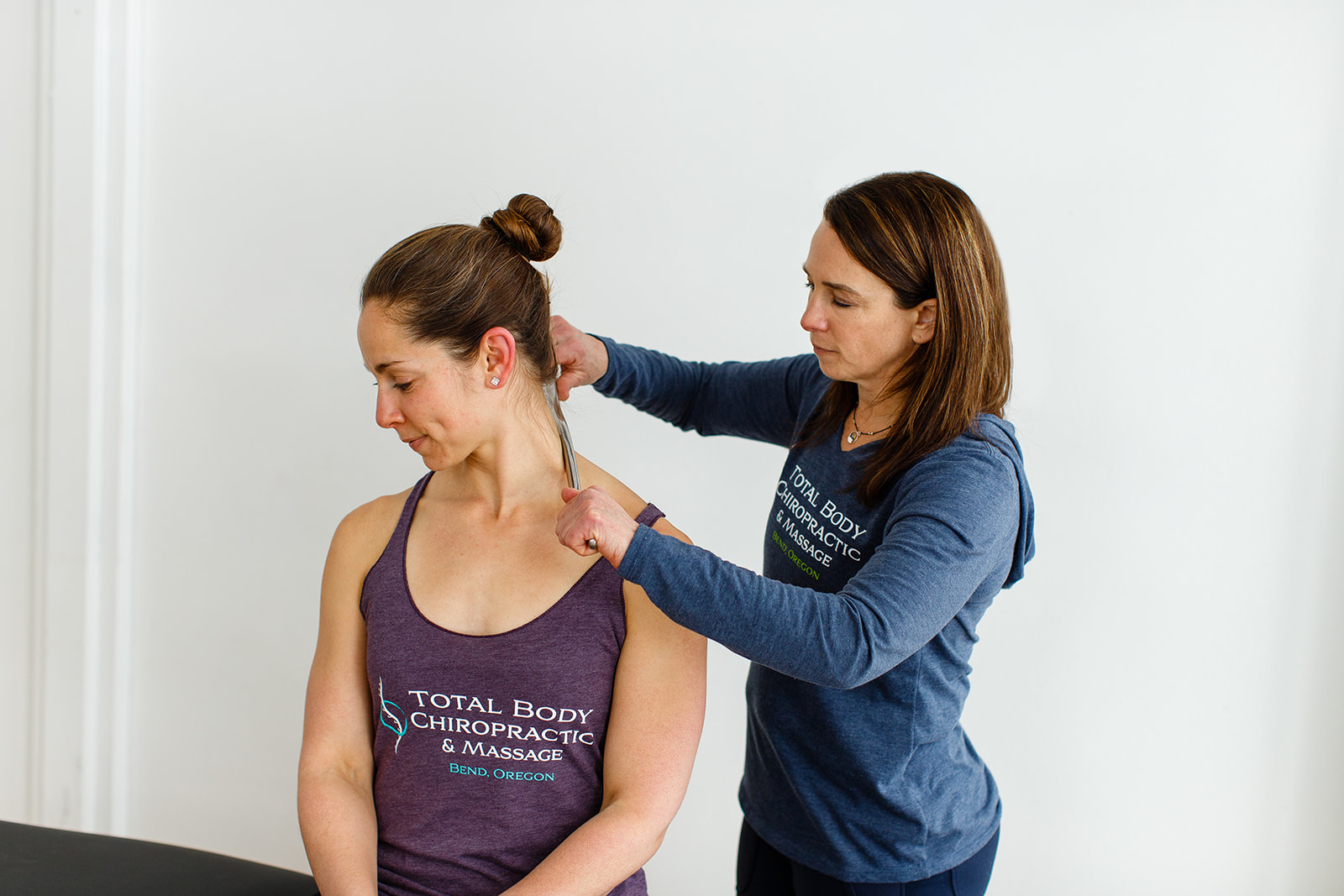
Chiropractic care has the potential to impact every system in your body. This is because the central nervous system, which controls the entire body, runs through the spine. This connection means spinal manipulation during chiropractic sessions can ease several seemingly unrelated issues. You may consider seeing a chiropractor for one of these reasons:
1. Acute or Chronic Pain
Back pain is the most common reason patients visit the chiropractor. During a study published in 2018, 750 participants underwent either 12 chiropractic treatments or standard care. After six weeks, researchers found that the chiropractic patients experienced less lower back pain, higher levels of satisfaction, and decreased reliance on medication.
More than lower back pain, chiropractic care can help ease neck pain from text neck — a condition stemming from staring at phones. Your chiropractor helps get to the root of the problem rather than mask the symptoms with temporary relief. They can pinpoint and address areas of inflammation, muscle tension, and joint pain.
Chiropractic care can also offer pain relief from car accidents and poor posture. By restoring proper alignment, you can experience continued comfort on a regular basis.
2. Headaches and Migraines
Headaches often stem from structural problems in the neck and shoulders. Chiropractic adjustments can help with the severity and frequency of attacks.
3. Improves Digestion
The central nervous system sends signals to the digestive system to facilitate the process. Misalignments in the spine can impact this communication. Likewise, subluxations in certain vertebrae can even lead to gas and other digestive discomforts.
4. Boost Athletic Performance
Even the best players in the league use chiropractic care to improve their game. In fact, 31% of NFL teams have a chiropractor on staff to deal with sports-related chronic pain, injuries, and headaches.
5. Better Sleep
Chiropractic care may improve the duration and quality of your sleep. This therapy reduces pain that keeps you up at night and rebalances dopamine and serotonin to help insomnia. Adjustments also increase blood flow, encouraging you to get to sleep faster and help you sleep longer.
6. Pregnancy
During this stage of life, pregnant women deal with several changes, including widening hips and a lower back adjustment. These changes can lead to headaches, back pain, and general discomfort. Regular chiropractic care throughout pregnancy can provide relief, balance hormones, improve sleep, and even make labor easier for pregnant women.
7. Treat Sciatica
The sciatic nerve represents the longest nerve in the body, running from the lower back through the butt and hips all the way down to the feet. When the nerve becomes compressed by surrounding vertebrae or inflammation, it can cause sharp pain and muscle spasms throughout the lower extremities. Your chiropractor can help resolve the inflammation and remove any pressure on the nerve.
8. Immune Boost
When your body functions and communicates properly, it can more quickly resolve illness. Evidence suggests that those who receive regular chiropractic care have 200% greater immunity than those who don’t.
9. Injuries
Your chiropractor can help treat new and old injuries. That’s why chiropractic patients often seek treatment for soft tissue injuries such as whiplash after car accidents. Soft tissue therapy can help break up old scar tissue, which can restart the healing process. This form of physical therapy can also send more blood and healing agents to the affected area to encourage faster and more complete resolution.
Regular chiropractic adjustments can also assist with conditions like vertigo and stress-related high blood pressure. Plus, each adjustment boosts overall health and encourages physical and mental relaxation that improves your mood, eases anxiety, and soothes muscle tension.
Initial Consultation for New Patients

Before scheduling your chiropractic consultation, you’ll want to make sure your chiropractic clinic accepts your insurance. You’ll also want to verify that your chiropractor has all the necessary credentials and experience with any of your anticipated conditions. When you arrive, you will be greeted by trained staff and given new client paperwork.
Your initial visit will take about an hour, but this time frame can vary. The rest of your chiropractic appointment will proceed in the following format:
1. Discuss Concerns and Goals
Your chiropractor will ask about the location of your pain, any other symptoms, and how long you’ve been experiencing them. They will also need to know your occupation, daily activities, and other lifestyle habits. This conversation helps your chiropractor understand what’s happening and determine the best course of action tailored to your needs.
You should come prepared with your health goals. Are you just hoping for relief, or do you want to see drastic improvements in your function?
It’s also important to have the specifics of your medical history:
- Prescriptions
- Diagnosis
- Detailed family history, including illnesses and conditions
- Other relevant medical histories that reveal acute causes, like car accidents, or chronic causes
2. Physical examination
Your chiropractor will have you complete a series of movements and tasks to test muscle strength, nerve flow, resistance, and more. You may undergo one or more of these physical examinations:
- Walking Exam — You will walk back and forth across the room. During this process, the chiropractor will assess your gait to determine if there are any issues in your spine, legs, or pelvis.
- Flexibility Exam — Completing different stretches, movements, and bends can test flexibility and range of motion.
- Leg Measurements — While lying on your stomach, the chiropractor will bend your legs upwards to examine the length of your legs. If one leg is shorter than the other, it signals alignment issues in the pelvis.
- Straight Leg Raise — As you lie down, your chiropractor will have you lift a leg straight in the air while keeping your knee straight. This action reveals any complications in the sciatic nerve or leg muscles.
- Muscle Strength Test — Your chiropractor will have you press against them in various ways to test muscle strength or weakness.
- Medical Exams — After these physical examinations, your chiropractor may want to see more. They may order blood work, X-rays to view bones, or an MRI for soft tissue, like discs, torn muscles, or nerve compression.
3. Diagnosis
After a thorough physical examination, your chiropractor will offer a diagnosis and determine whether your condition will respond to chiropractic care. Fractures, tumors, or infections will require a referral to a separate specialist as they do not respond to this form of treatment.
4. Building a Treatment Plan
During your first chiropractic visit, your chiropractor will build a specialized treatment plan that outlines in-office care, at-home exercises, instructions to prevent severe injury, and a guide to healthy living and eating. All these techniques will support your care and boost your results.
Keep in mind that you may or may not receive a chiropractic adjustment during your initial consultation, depending on your diagnosis.
How Chiropractic Treatment Can Help
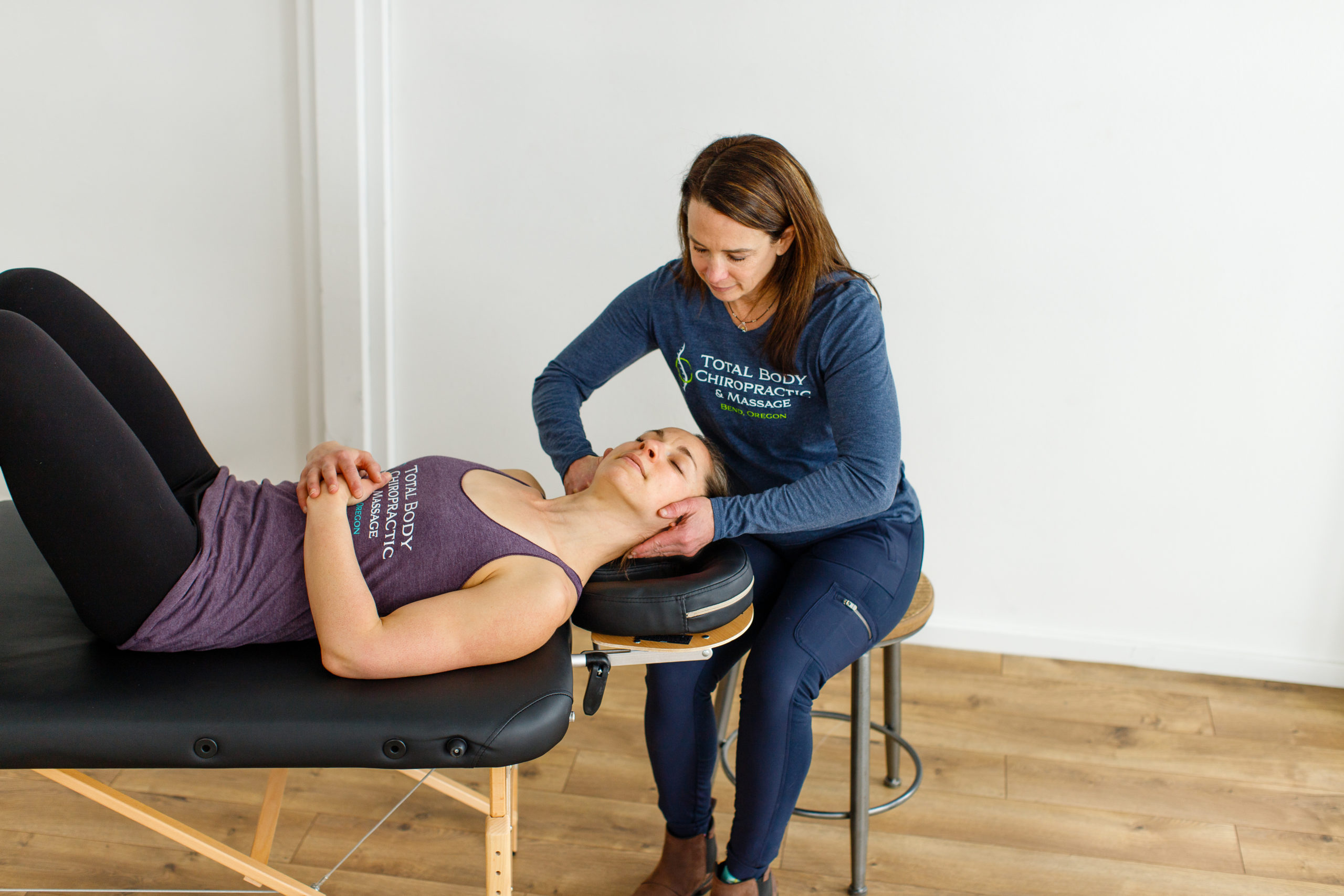
Chiropractors use several treatment methods to help heal the body and fix dysfunction within the musculoskeletal system. Through spinal manipulation, massage therapy, spinal decompression, and acupuncture, your therapist can help treat your pain in several ways:
- Restores Proper Alignment – Spinal adjustments ensure that your body can communicate adequately, boosting overall function.
- Removes Pressure Off of Nerves – Misaligned vertebrae can compress spinal nerves, leading to radiating pain and dysfunction. Chiropractic care relieves this pressure.
- Rebalances Hormones – When your brain cannot communicate with your body due to misalignments in the spine, it also impacts hormone function. Spinal manipulation can influence the release of mood-boosting hormones and reduce the stress hormone cortisol in the blood.
- Relaxes Muscle Tension – Pinched nerves, poor posture, inflammation, and misalignments can all cause painful muscle spasms and tension throughout the body. Your chiropractor may suggest massage therapy to soothe muscles and promote relaxation.
How Often Should You See a Chiropractor?
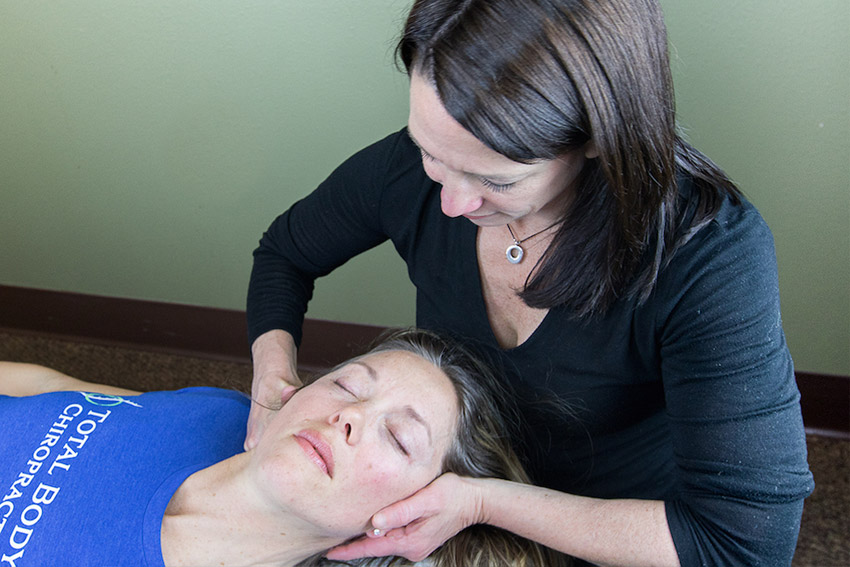
Your chiropractor will determine the best schedule to improve your condition. If you’ve just started seeing a chiropractor, it is common to have one or two chiropractic sessions per week. The reason for these frequent appointments is that your body is used to a certain position, so it will quickly revert back to the state of discomfort due to muscle memory. Regular visits help retrain your body to stay in proper alignment.
After your symptoms resolve, you can scale back to a maintenance care schedule with monthly or bi-weekly chiropractic visits. Maintenance adjustments prevent your body from getting too far out of tune.
Generally, the ideal chiropractic appointment schedule follows this cadence:
- For Intense Pain or New Injuries: frequent appointments; 2 or more visits per week
- For Chronic Medical Conditions or Acute Issues: weekly maintenance care
- For Overall Health: monthly maintenance care
You can also schedule a chiropractic session whenever you feel pain. It is about listening to your body and reacting accordingly.
The best way to determine how chiropractic care can help you is to schedule an appointment. At Bend Total Body, we offer several treatment options to provide swift relief. We will work with you to get your condition under control and maintain the results so you can live a more comfortable life.












